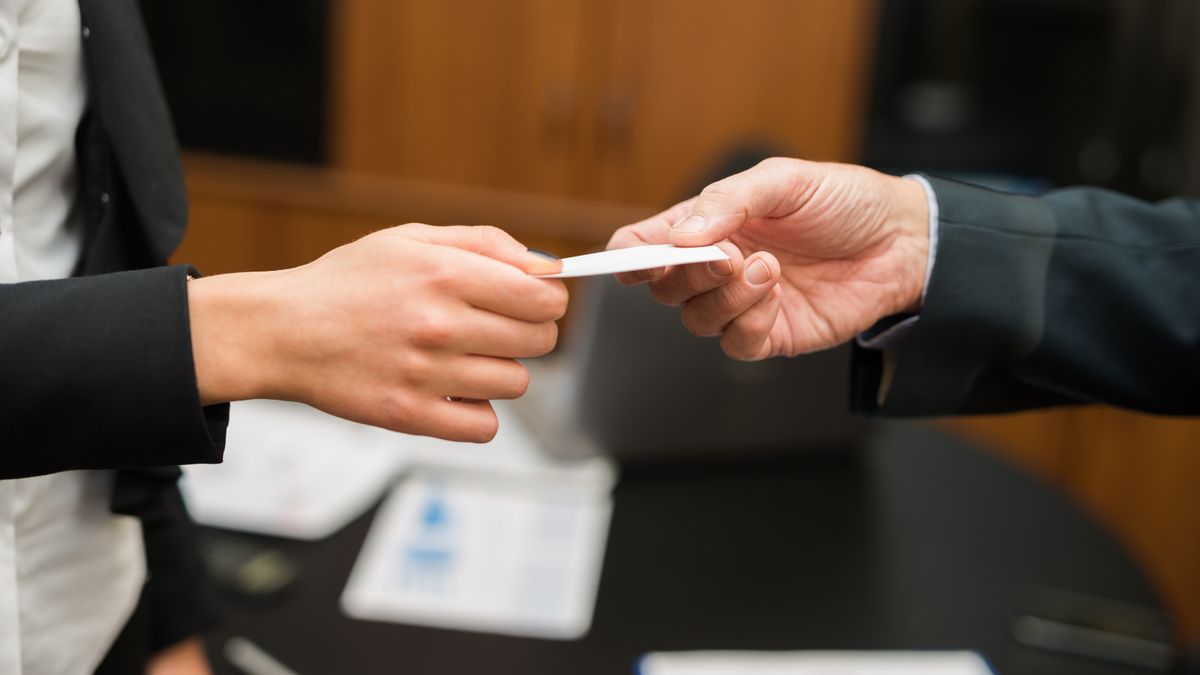
Understanding the Claim About Burundanga
A recent warning circulating on social media, particularly Facebook, has raised concerns about a new method used by criminals in the United States. The claim suggests that individuals are using business cards coated with a drug called burundanga to incapacitate victims and take advantage of them. However, after careful examination, this claim has been rated as false.
The warning, which was shared widely in late September and early October 2025, was framed as a "police warning" directed at women. It described an incident where a woman at a gas station received a business card from a man who claimed to be a painter. She accepted the card out of courtesy but later felt dizzy due to a strong odor. According to the story, she managed to escape by opening her car window and honking her horn to get help.
The Reality Behind the Warning
Despite the alarming nature of the message, there is no evidence that the events described actually took place. In fact, the scenario presented would be impossible if the drug in question were indeed burundanga. This drug is real, though it is uncommon in the United States. It is made with the chemical scopolamine and is typically administered in liquid, spray, or powder form through foods and beverages.
The U.S. Department of State issued a travel warning in June 2023 regarding burundanga, noting that it is an odorless, tasteless, memory-blocking substance used to incapacitate and rob unwary victims. The warning was prompted by an increase in crimes involving sedatives in Colombia, where the drug is more commonly used. Victims in these cases were often targeted through online dating applications.
What Is Burundanga?
Burundanga is also known as "devil's breath," a term used to describe scopolamine in powdered form. As a medicine, it is sometimes used to treat postoperative nausea and motion sickness. If someone unknowingly ingests it, they may experience symptoms such as dry mouth, difficulty speaking, lethargy, hallucinations, rapid heartbeat, and disorientation. In larger doses, it can cause respiratory failure and even death.
However, it is important to note that medical scopolamine is typically administered through a patch on the skin, while burundanga is inhaled or ingested. Its effects do not dissipate simply by opening a window, making the story in the Facebook posts implausible.
Investigating the Claims
My Healthy of Life conducted a thorough investigation into the claims surrounding burundanga and found no credible reports of its use in the United States. Most of the reports about its criminal use come from Colombia, including a story from the Bogotá Post in September 2025.
The story shared on social media lacks specific details that would make it verifiable. For example, it does not mention when the incident occurred, the city or country, the name of the woman involved, or which police department issued the warning. A genuine incident would likely include some identifying information.
Additionally, My Healthy of Life could not find any credible news reports from the past few years about victims being drugged in secret by business cards. This lack of supporting evidence further casts doubt on the authenticity of the warning.
Conclusion
While the warning about burundanga is concerning, it appears to be based on misinformation. The scenario described is not only unlikely but also contradicts what is known about the drug’s properties. It is essential for individuals to remain vigilant and skeptical of such claims, especially when they lack verifiable details. As always, staying informed and relying on credible sources is the best way to protect oneself from potential threats.